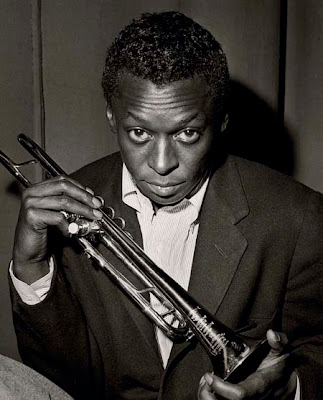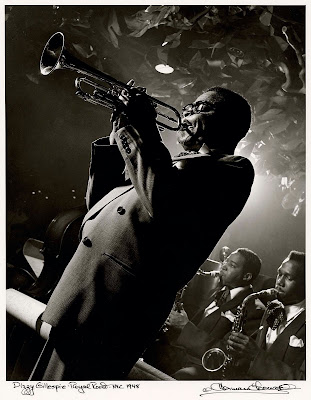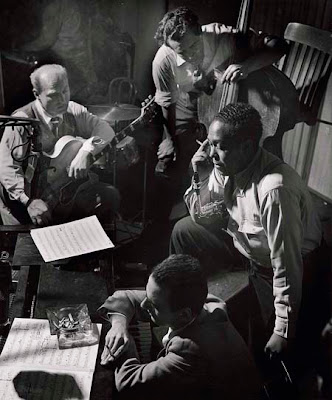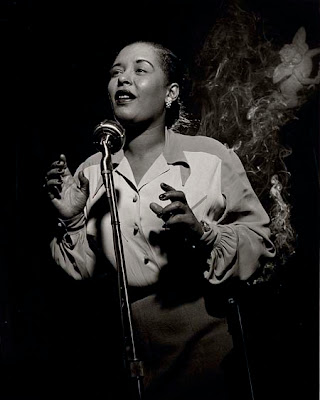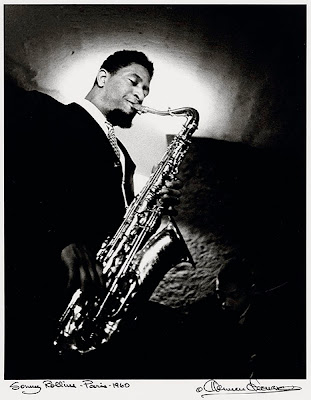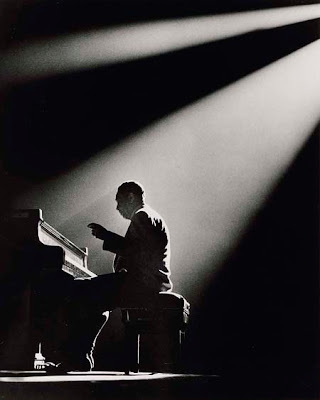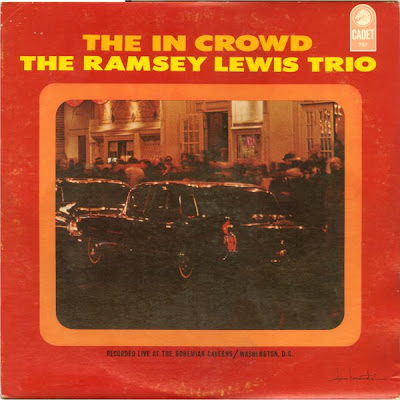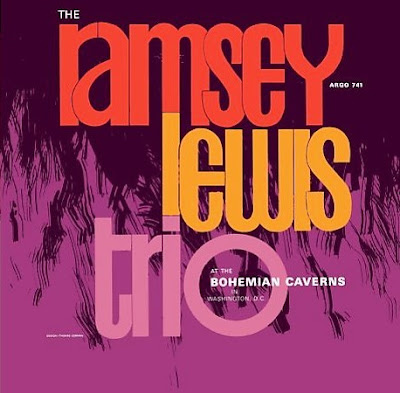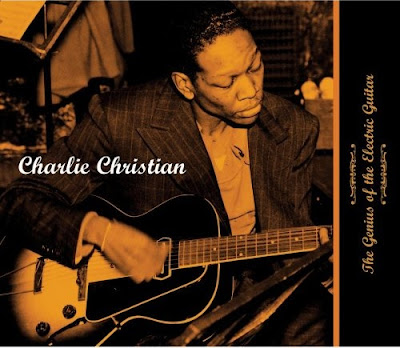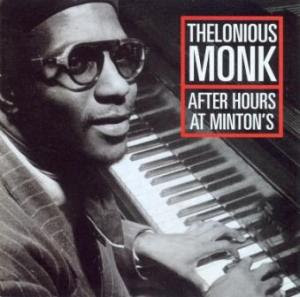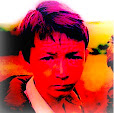I'm a big jazz fan and have also looked to New York City as the center of jazz. That's right... New York, not New Orleans or Chicago but the city where jazz artists have flocked for decades. It was in Harlem and Minton's and up and down 52nd street where one could find the musicians that jazz fans idolize to this day. Unfortunately, save for a notation on the 52nd street sign, you wouldn't even realize the role 52nd steet played when greats like Charlie Parker, Dizzy Gillespie, Thelonious Monk and others made their names in the countless clubs that once were there.
While 52nd street is no longer what it once was, there are still plenty of great jazz haunts in Manhattan that you should check out. Listed below are a few of the more popular ones.
The Village Vanguard - Located in Greenwich Village, the Vanguard has been open for over 70 years and has played host to every jazz legend you can think of. Located at 178 7th Avenue South, tickets are $30 - $35 and up. Live albums recorded here include John Coltrane (with Eric Dolphy!) and Thad Jones.
Blue Note - A relative newcomer compared to the Vanguard, the Blue Note started in New York City at 131 West 3rd Street and has spread to locations in Milano, Tokyo, Osaka and Nagoya. Some upcoming shows include James Moody, Clark Terry, Ron Carter, Poncho Sanchez and Bobby Hutcherson. Tickets can be purchased for bar seating ($20 and up) or at a table ($35 and up) with varying sightlines.
Birdland - Named after Charlie Parker, Birdland has gone through varying incarnations over the years. Originally located on 52nd street, I visited the current location at 315 West 44th street to see Stanley Turrentine (passed in 2000) back in the late 1990s. From what I remember, there was a minimum order so had an average dinner... then again, I wasn't there for the food. Upcoming shows include Cedar Walton, Andrew Hill and the Heath Brothers. The line-up is a little more eclectic than some of the other clubs mentioned.
The Iridium - Once located near Lincoln Center, the Iridium is now located at 1650 Broadway. The youngest of the clubs I've listed, this is the one I've visited the most having seen Ahmad Jamal (twice), Mal Waldron (passed in 2002), Steve Lacy and Bob Dorough. Dorough used to play every Sunday in 2004 and is known for some quirky songs recorded with Miles Davis, was the creative director for Schoolhouse Rock. The restaurant and club are separate and they often have a great line-up. Upcoming shows include John Patitucci, the Mingus Big Band and the Brubeck Brothers. Les Paul plays every Monday night.
Include sample schedule
Thanks to Travel fix
While 52nd street is no longer what it once was, there are still plenty of great jazz haunts in Manhattan that you should check out. Listed below are a few of the more popular ones.
The Village Vanguard - Located in Greenwich Village, the Vanguard has been open for over 70 years and has played host to every jazz legend you can think of. Located at 178 7th Avenue South, tickets are $30 - $35 and up. Live albums recorded here include John Coltrane (with Eric Dolphy!) and Thad Jones.
Blue Note - A relative newcomer compared to the Vanguard, the Blue Note started in New York City at 131 West 3rd Street and has spread to locations in Milano, Tokyo, Osaka and Nagoya. Some upcoming shows include James Moody, Clark Terry, Ron Carter, Poncho Sanchez and Bobby Hutcherson. Tickets can be purchased for bar seating ($20 and up) or at a table ($35 and up) with varying sightlines.
Birdland - Named after Charlie Parker, Birdland has gone through varying incarnations over the years. Originally located on 52nd street, I visited the current location at 315 West 44th street to see Stanley Turrentine (passed in 2000) back in the late 1990s. From what I remember, there was a minimum order so had an average dinner... then again, I wasn't there for the food. Upcoming shows include Cedar Walton, Andrew Hill and the Heath Brothers. The line-up is a little more eclectic than some of the other clubs mentioned.
The Iridium - Once located near Lincoln Center, the Iridium is now located at 1650 Broadway. The youngest of the clubs I've listed, this is the one I've visited the most having seen Ahmad Jamal (twice), Mal Waldron (passed in 2002), Steve Lacy and Bob Dorough. Dorough used to play every Sunday in 2004 and is known for some quirky songs recorded with Miles Davis, was the creative director for Schoolhouse Rock. The restaurant and club are separate and they often have a great line-up. Upcoming shows include John Patitucci, the Mingus Big Band and the Brubeck Brothers. Les Paul plays every Monday night.
Include sample schedule
Thanks to Travel fix




